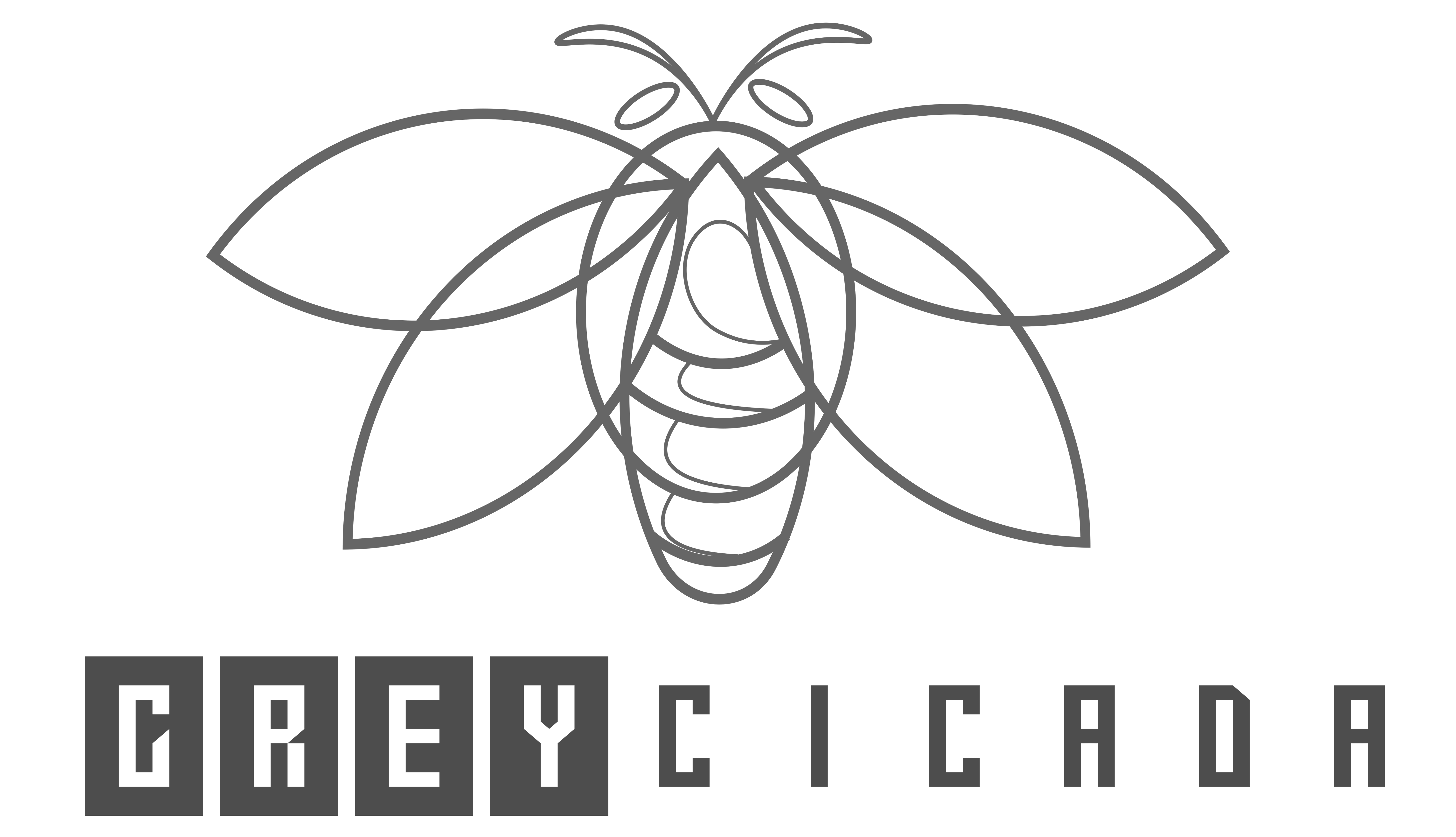FREE SHIPPING OVER $50
Don’t Miss These 5 Subtle Mini Stroke Symptoms (They Could Save Your Life)

It happens fast and often without much fanfare. One minute, you might feel a sudden tingle in your arm or a brief moment of dizziness, and the next, it’s gone. You shrug it off, thinking you must be tired or dehydrated. But what if that brief moment was actually a warning? What if it was a mini stroke?
A mini stroke, medically known as a transient ischemic attack (TIA), is a serious, short-lived event. Many people dismiss the symptoms because they are so subtle and resolve on their own, often within minutes. This is a critical mistake. Think of a TIA not as a minor health issue, but as a crucial alarm bell—a clear warning that a major, full-blown stroke could be just around the corner. Knowing how to recognize these subtle symptoms is more than just a good idea; it’s a skill that could save your life or the life of someone you love. We’re going to break down the five most important mini stroke symptoms that are often missed and explain exactly why you can’t afford to ignore them.
What Exactly is a Mini Stroke?
A mini stroke is a lot like a regular stroke, but the blockage of blood flow to the brain is only temporary. During a TIA, a blood clot briefly clogs an artery, cutting off the oxygen supply to part of the brain. Unlike a major stroke, the clot breaks up on its own, and the symptoms disappear.
This is where the danger lies. Because the symptoms vanish, people mistakenly believe that everything is fine. But a TIA is a powerful indicator that a person’s risk of a future, potentially devastating stroke is extremely high. Studies show that up to 40% of people who have a TIA will go on to have a full stroke. And of those, about half will have the stroke within a year. A TIA is a medical emergency that demands immediate attention, not watchful waiting.
Why You Can’t Afford to Miss These Symptoms
The reason you must take a TIA seriously is because it’s your chance to prevent a catastrophic health event. A major stroke can cause permanent brain damage, leading to long-term disability, speech problems, paralysis, or even death. By recognizing the subtle symptoms of a TIA and getting immediate medical help, doctors can often identify the underlying cause, such as high blood pressure, cholesterol, or a heart condition, and start a treatment plan to significantly reduce the risk of a full-blown stroke. Early diagnosis and intervention following a TIA can be the difference between a minor scare and a life-altering tragedy.
The 5 Subtle Mini Stroke Symptoms You Must Not Ignore
The most common symptoms of a mini stroke are the same as those of a major stroke, but they are often milder and more fleeting. Here are the five most important ones to be aware of:
1. Sudden Weakness or Numbness on One Side
This symptom is a classic stroke sign, but in a TIA, it can be easy to overlook. It might not be full paralysis; instead, it could feel like a fleeting “pins and needles” sensation in your arm, leg, or one side of your face. You might notice a subtle facial droop that corrects itself in a few moments, or a sudden weakness that causes you to drop something without warning. If you feel a sudden, unexplained loss of strength or sensation in a specific area, it should be an immediate red flag.
2. Trouble Speaking or Understanding
This is another common symptom that is often mistaken for something else. A person experiencing this might have slurred or garbled speech that lasts for only a minute or two. They might have a hard time finding the right words, or they may struggle to understand what others are saying. Since the symptom disappears quickly, people often write it off as being overly tired, distracted, or having a “brain fog” moment. However, any sudden, temporary difficulty with communication is a powerful warning sign that requires attention.
3. Vision Problems in One or Both Eyes
Vision disturbances during a mini stroke can manifest in various ways, from a sudden blurry or double vision to a partial or total loss of sight in one eye. This is a particularly easy symptom to dismiss because it can feel like a simple eye strain or a headache coming on. The crucial factor is that it comes on abruptly and without explanation. If your vision suddenly changes, even for a few seconds, it’s a critical symptom that should not be ignored.
4. Dizziness or Loss of Balance
A sudden feeling of dizziness or unsteadiness, a sensation of the room spinning, or an abrupt difficulty walking can all be signs of a TIA. While dizziness can be caused by many things, when it appears without any clear reason and is accompanied by other neurological symptoms, it’s a strong indicator of a potential TIA. This symptom is often overlooked or dismissed as a simple dizzy spell, especially in older adults, but it’s a vital clue to a deeper issue with blood flow to the brain.
5. Sudden, Severe Headache
While not every TIA causes a headache, if one appears as an abrupt, excruciating, and unusual pain in your head, it could be a sign. This is not your typical tension or migraine headache; it is often described as the “worst headache of your life” and comes on without warning. When combined with other neurological symptoms, it’s an important signal that something is wrong with the blood flow to your brain.
What to Do If You Suspect a Mini Stroke
Recognizing the signs is only half the battle; knowing what to do is the most important part. If you or someone you’re with experiences any of these subtle symptoms, even if they resolve quickly, you must act fast.
- Call 911 immediately. Do not wait to see if the symptoms go away. TIAs are a medical emergency, and getting professional help as quickly as possible is the best way to prevent a major stroke.
- Do not drive yourself to the hospital. This could put you and others in danger if the symptoms return. Let emergency medical personnel assess you.
- Write down what happened. Note the time the symptoms started, what they were, and when they went away. This information is crucial for doctors to make a proper diagnosis.
Remember the phrase “Time is Brain.” The faster you get to the hospital, the better your chances are of a positive outcome.
Lowering Your Stroke Risk
A TIA is a call to action not only for immediate medical care but also for long-term lifestyle changes. While a stroke can happen to anyone, you can significantly lower your risk by focusing on these key areas of your health:
- Manage Your Blood Pressure: High blood pressure is a leading cause of stroke. Work with your doctor to monitor and control it through diet, exercise, and medication if needed.
- Control Your Cholesterol: High cholesterol can lead to plaque buildup in your arteries, increasing your risk of a stroke.
- Stop Smoking: Smoking doubles your risk of stroke and is one of the most preventable causes.
- Eat a Healthy Diet: A diet rich in fruits, vegetables, and whole grains, and low in saturated fats and sodium, can dramatically improve your brain health and reduce your risk.
- Stay Active: Regular physical activity helps control your weight, blood pressure, and cholesterol, all of which are vital for stroke prevention.
A mini stroke is never a “minor” event. It is a vital warning from your body that should be heeded immediately. By understanding these subtle symptoms and taking proactive steps for your health, you empower yourself to prevent a major stroke and protect your future.
Related Articles
- The Spanish Secret: Why They Live Longer Than Americans With Habits That Break All The Health Rules
- My Osteoporosis Breakthrough: I Reversed Bone Loss Naturally – Here’s My Exact Plan
- Chiropractor’s Secret: 5 Exercises That ERADICATED My Neck Hump & Fixed My Posture! (My Results)
- Defy Age: 4 Strength Workouts to Rebuild Muscle & Boost Vitality After 50
- Doctors Say: This is the Best Time to Take Calcium Supplements for Maximum Benefits (Split, Half in the Morning and Half at Night)



